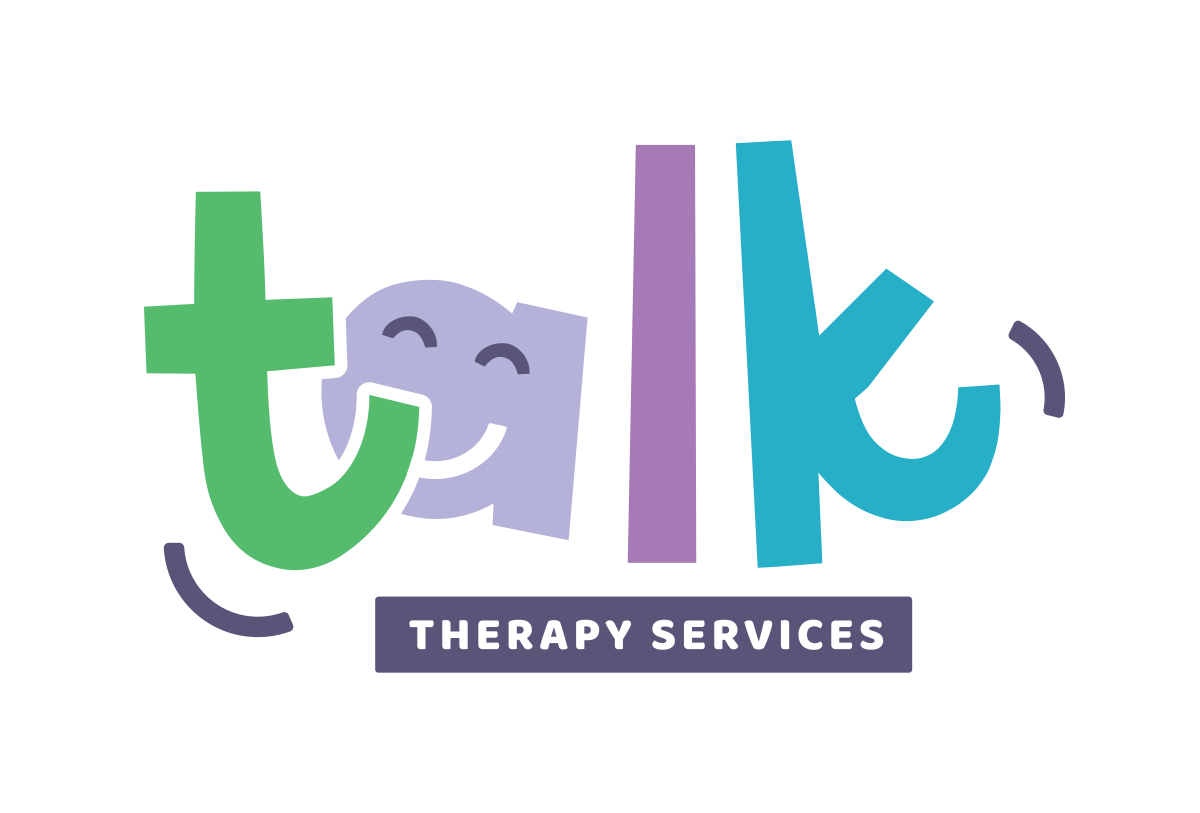Embracing Multilingualism in Speech Therapy
In our increasingly global society, multilingualism is a common and valuable skill. For speech therapists, working with multilingual clients presents unique opportunities and challenges. Embracing multilingualism in speech therapy is not just about recognizing the diversity of languages but also about understanding the impact of this diversity on speech and language development. This blog post explores the importance of acknowledging and incorporating multilingualism into speech therapy practices.
The Rich Tapestry of Multilingual Speech Development:
Multilingual individuals navigate a complex linguistic environment. They often switch between languages, balancing and blending the nuances of each. This linguistic agility can impact speech development in various ways, offering unique advantages but also potential challenges.
1. Recognizing the Benefits of Multilingualism:
Multilingualism enhances cognitive flexibility and executive functioning. It can improve attention control, problem-solving skills, and even creativity. Speech therapists should recognize and celebrate these cognitive benefits, reinforcing the value of multilingualism in their clients.
2. Understanding Language Interference and Transfer:
In multilingual speech development, interference or transfer from one language to another can occur. It's important for therapists to differentiate between a language disorder and normal language interference. Knowledge of the client’s languages and how they interact can guide effective therapy strategies.
3. Conducting Culturally Responsive Assessments:
Assessments should be culturally and linguistically responsive. This may involve using tests in the client's dominant language or consulting with interpreters or bilingual therapists. Understanding the cultural context of language use is crucial for accurate evaluation and treatment planning.
4. Supporting All Languages in the Client’s Repertoire:
Encourage the development and maintenance of all languages in a client's repertoire. Supporting multilingualism means valuing each language equally. This approach fosters a sense of cultural identity and pride in the client’s linguistic heritage.
5. Collaborating with Families and Communities:
Engage with the client’s family and community to understand the linguistic and cultural background. Families can provide insights into language use at home, attitudes towards multilingualism, and relevant cultural practices. This collaboration can enhance the therapy process and make it more personalized and effective.
6. Tailoring Therapy to Multilingual Needs:
Therapy should be tailored to the specific needs of multilingual clients. This includes setting realistic goals that respect the client’s linguistic environment and using techniques that build on the client’s existing language skills.
7. Language Selection in Therapy:
Choosing which language to use in therapy sessions can be complex. It may depend on the client’s proficiency in each language, the language of education, and the family’s preferences. The therapist’s own language skills may also play a role in this decision.
8. Educating on the Myths of Multilingualism:
Part of a speech therapist’s role is to educate clients and their families on the myths surrounding multilingualism, such as the misconception that multilingualism causes speech or language disorders. Dispelling these myths can alleviate unnecessary concerns and promote a more positive attitude toward multilingual speech development.
Embracing multilingualism in speech therapy is essential in our diverse world. It involves acknowledging the complexities and benefits of navigating multiple languages and adapting therapy practices to meet the unique needs of multilingual clients. By valuing all aspects of a client’s linguistic identity, speech therapists can provide more effective, culturally competent, and inclusive care, helping their clients thrive in a multilingual world.

